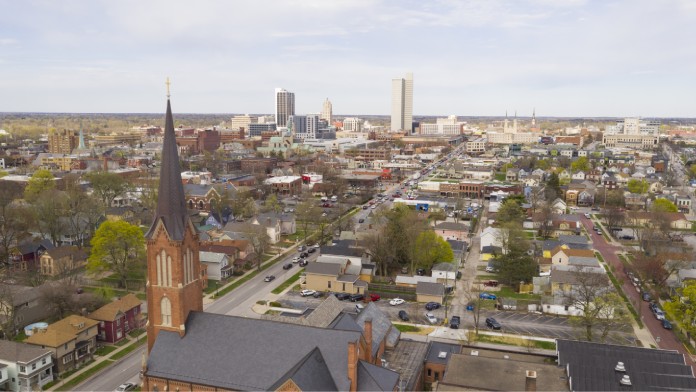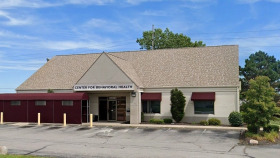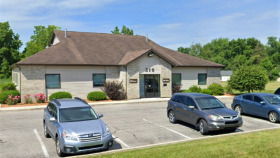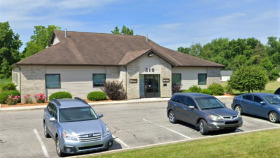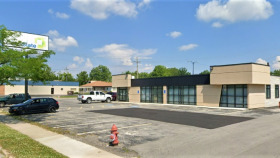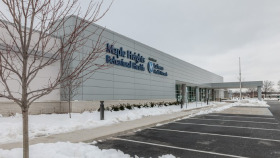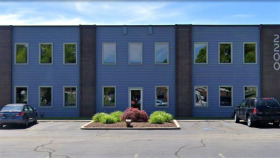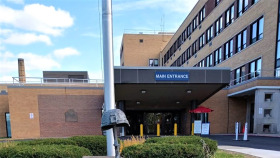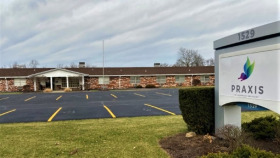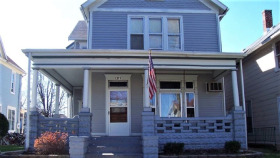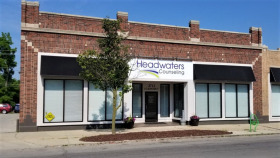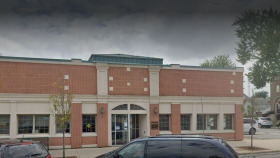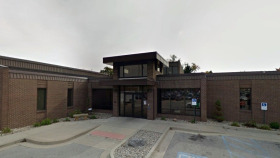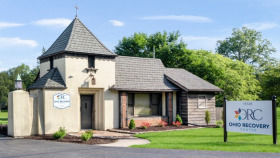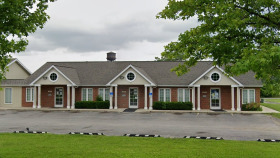Expert Insights
I was so happy to read that Fort Wayne City Council has given our Police Department $350,000 to fund a clinical social worker and peer recovery coach. Having worked in crisis services alongside the police, I can attest to how important it is to have a mental health provider out with law enforcement. Mental illness plays such a large role in social problems and the use of substances and behavioral health support is needed more than criminal justice. We cannot help someone find recovery, or overcome the trauma that led to their substance use, if they are stuck in a prison or jail cell. My hope is that with other states, this new partnership can support people on the streets in mental health crises being supported and stabilized with community resources, freeing up the police department to deal with crime and safety.
~ Olivia Pennelle
How Expensive is Drug Rehab in Fort Wayne?
The costs associated with Fort Wayne alcohol rehabs vary widely with the amenities in each facility—private, luxury, government-funded, and charity-run facilities.
In addition, each person’s journey to recovery starts at a different place. For some, it may need to begin at an inpatient facility that includes room and board and lasts for several months, while another person may start in an outpatient clinic.
Several factors that contribute to the cost are:
Inpatient vs. outpatient setting
Amenities offered
Duration of treatment
Insurance accepted
Choosing a facility in-network with health insurance provider
Government or charitable funding
Treatment given more frequently, like 24/7 inpatient care, will cost more than programs that provide care over just a number of hours per day. Likewise, if you participate in a program for six months to one year, you should expect a higher cost than a three-month program. But the type and length of a program are determined by your needs, not by your ability to pay.
There are some Fort Wayne drug rehabs that provide gourmet food, massage, and expansive properties with few patients. These are typically called “luxury” or “executive” and cost much more.
How Does Fort Wayne Compare in Alcohol and Drug Use?
In Indiana in 2021, the number of drug overdose deaths hit a record high for the second consecutive year – an estimated 2,755 Hoosiers died from overdoses, according to the CDC. If you or a loved one is struggling with addiction and substance use disorder, there are 20 accredited alcohol and drug rehab centers in Fort Wayne and the surrounding area that can help put you on the path to recovery.
In Indiana, drug and alcohol use disorder is a serious issue. In 2017, Indiana had the 14th highest drug overdose death rate in the U.S. Allen County averaged on the mid-lower side of deaths by overdose than other counties in Indiana but was still high.
In 2019, Indiana had four more per 100,000 deaths due to drug use than the national average. Some further statistics gathered by the Allen County Drug & Alcohol Consortium 2020 and America’s Health Rankings 2021 are:
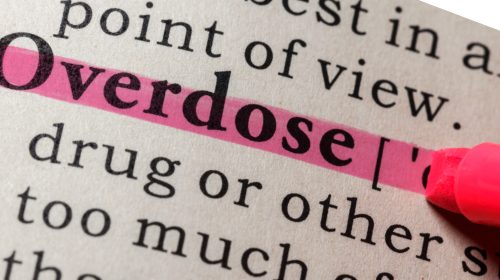
In 2018, overdose caused over 50% of maternal deaths
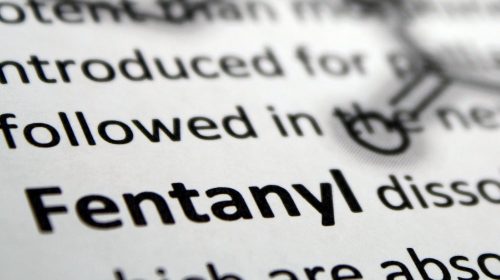
There has been an increase in synthetic marijuana and fentanyl overdoses.
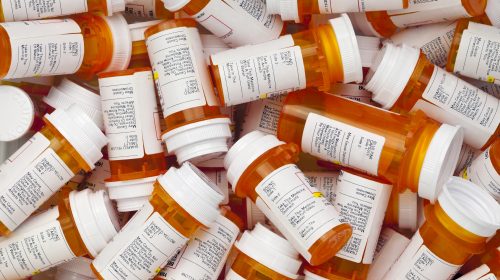
In 2021, 9.9% of Indiana adults used prescription drugs for non-medical purposes.

Approximately 17% of adults in 2021 reported binge drinking or heavy drinking
Resources
- Allen County Drug and Alcohol Constortium, Inc. (2020). DAC 2020: Community Report.
- America’s Health Rankings: United Health Foundation. (2021). Non-Medical Drug use-past year in Indiana.
- Substance Abuse and Mental Health Administration. (2022, April 14). Substance Abuse Prevention and Treatment Block Grant.
- Center for Medicare Advocacy. (2022). Medicare Coverage of Mental Health and Substance Abuse Services.
- McKay, J.R. (2021, January 21). Impact of Continuing Care on Recovery From Substance Use Disorder. Alcohol Research. 41(1), 1-15.

